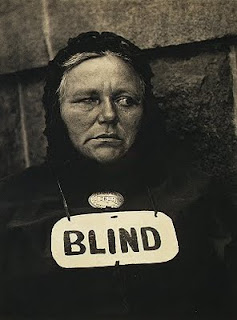Top Card
Source: Asked to me by Nikhil Garg (Sophomore, IIT Delhi) Problem: We have a deck of n cards with cards labeled from 1 to n. Starting at any configuration , we repeat this : If the top card has number k , we reverse the order of top k cards. Prove eventually that 1 would be the top card. I was able to solve it. Very interesting problem. :D Update (03/01/10): Solution: Posted by me in the comments!! Thanx to Giridhar and KP Ashwin (CSE, IITB) for the help.

